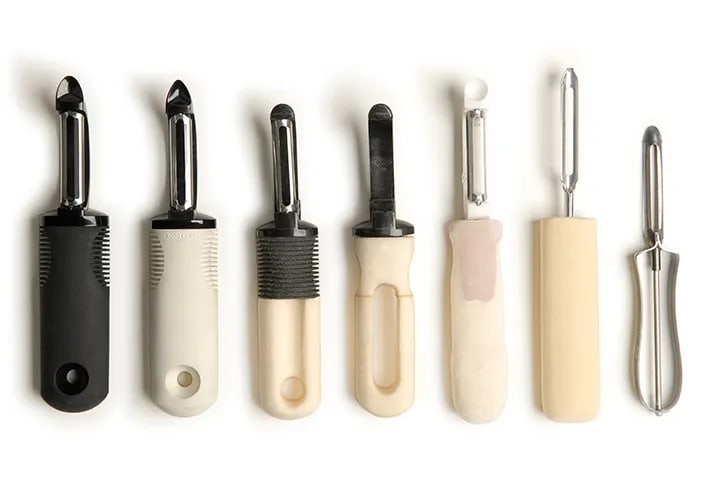The potato peeler effect
Let’s talk about a simple fact – a lot of the things we take for granted today started as solutions for disabled people. No, really. Some of the most game-changing, universally beloved products were originally designed to meet accessibility needs.

Take the OXO Good Grips peeler. If you cook even occasionally, you’ve probably used one. It’s got that comfortable, rubberised grip and a chunky handle which vastly improves the potato peeling experience. But it wasn’t a lucky design choice – it was intentional.
The founder, Sam Farber, designed it for his wife, who had arthritis and struggled with traditional peelers. The result? A product that made life easier for everyone, not just people with arthritis.
This happens all the time. When we design for disabled people, we don’t just create “special” solutions – we make things better for everyone.
Other examples

- Dropped kerb? Designed for wheelchair users, but also help parents with prams, travellers with suitcases, and anyone who’s ever dragged a heavy trolley.
- Voice control / predictive text? Essential for people with mobility and sight impairments, now used by millions through Siri, Alexa, and Google Assistant.
- Subtitles? Crucial for Deaf and hard-of-hearing people, but also useful in noisy (or extremely quiet) environments or for anyone watching a video without sound.
If you have any other examples, we’d love to hear! Drop us a message on Bluesky.
The lesson

Accessibility isn’t a niche consideration – it’s a launchpad for innovation. Start with inclusion and you’ll unlock smarter, more effective designs that work better for everyone.